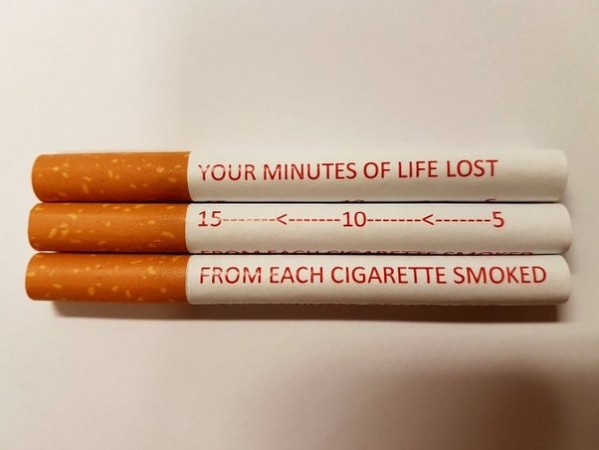
Food labels are getting a major overhaul. Just like cigarette packs come with stern warnings about health risks, food product packets will soon display similar warnings. This initiative aims to make consumers more aware of what they’re eating and how it impacts their health. Let’s dive into the details of what’s changing and what it means for you.
The global rise in lifestyle-related diseases like obesity, diabetes, and heart disease has sparked concern. Governments and health organizations are seeking ways to combat these issues, and clearer food labeling is one of the strategies.
Tobacco warnings have been effective in reducing smoking rates. By displaying graphic and textual warnings, consumers are constantly reminded of the health risks associated with smoking. Applying a similar strategy to food products could potentially influence better eating habits.
Expect to see prominent warnings on the front of food packages. These might include red warning signs for high sugar, fat, or sodium content, akin to traffic lights signaling caution.
Simplified nutritional information will be prominently displayed. Instead of small print on the back, key details will be front and center, making it easier for consumers to make informed choices.
Highly processed foods are likely to carry the most warnings. Products like sugary snacks, fast food, and ready-to-eat meals will have clear indicators of their health risks.
Sugary drinks, including sodas and energy drinks, will have labels warning about their high sugar content and associated health risks like obesity and diabetes.
Even seemingly healthy snacks might carry warnings if they contain high levels of salt, sugar, or unhealthy fats.
Consumers will be empowered to make healthier choices. With clear, easy-to-understand labels, you’ll know exactly what you’re consuming and its potential health impacts.
Just as cigarette warnings have deterred many from smoking, these food labels could nudge people towards healthier eating habits. Seeing a warning every time you pick up a sugary drink might make you think twice.
The food industry might resist these changes, arguing that they could hurt sales. There might be debates over the criteria for warnings and how they’re presented.
Some consumers might initially resist these warnings, especially if they feel it limits their choices or enjoyment of certain foods.
Chile introduced front-of-package warning labels in 2016. The country has seen a significant drop in the consumption of sugary drinks and unhealthy snacks. Their model is often cited as a successful case study.
Countries like Mexico and Canada are also considering similar regulations. The global trend is moving towards more transparency in food labeling.
To complement the new labels, health education campaigns will be crucial. Educating the public about what these warnings mean and why they matter can enhance their effectiveness.
Integrating nutritional education into school curriculums can help young people develop healthier eating habits early on. Understanding food labels and making smart choices should be part of their learning.
Learning how to quickly interpret the new warnings will be key. Look for high sugar, fat, and sodium content indicators and understand their implications.
Use the warnings as a guide to choose healthier alternatives. Opt for products with fewer or no warnings, which typically means they’re lower in unhealthy ingredients.
The future might see even smarter packaging with digital elements. QR codes could provide detailed nutritional information, recipes, and health tips.
As consumers become more health-conscious, there’s also a growing demand for sustainable packaging. Combining health warnings with eco-friendly packaging could be the next big trend.
The introduction of cigarette-style warnings on food products is a bold step towards a healthier future. By making nutritional information more accessible and understandable, these labels can help us make better dietary choices.
While labels can guide us, the ultimate responsibility lies with us. Being mindful of what we eat and making conscious choices is essential for a healthy lifestyle.
Stay informed about the latest changes in food labeling. Follow health news and updates from reliable sources to ensure you’re aware of the best practices for a healthy diet.
Join discussions and forums about food labeling and nutrition. Sharing experiences and tips with others can help you navigate these changes more effectively.
Parenting Tips: How should a mother-daughter relationship be?
Discover the Optimal Age for Motherhood to Address Challenges Faced by Older Women
How Brotherhood Strengthens Bonds: How to celebrate World Brother's Day 2024